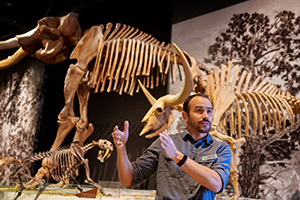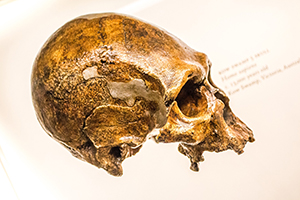
For her new book How the Other Half Eats: The Untold Story of Food and Inequality in America, Stanford-trained sociologist Priya Fielding-Singh talked to 75 Bay Area families from a variety of backgrounds about their everyday food choices. She joins us to discuss class, race, and nutritional inequity and why, as she writes in the book, “access to healthy food is about more than geography and finances.”


